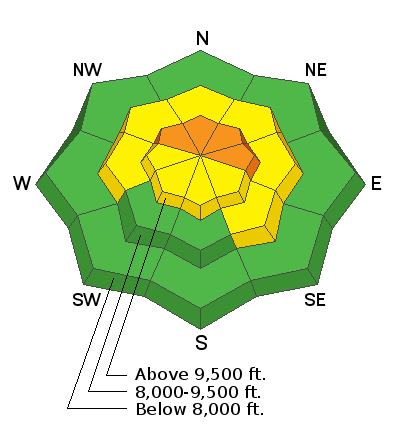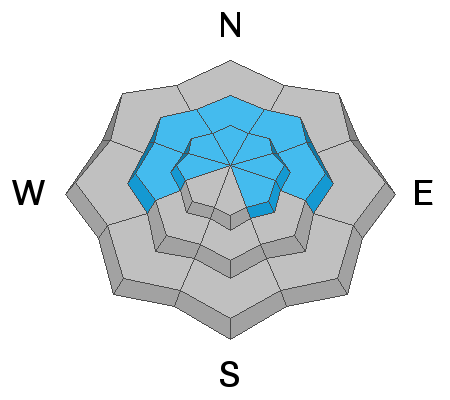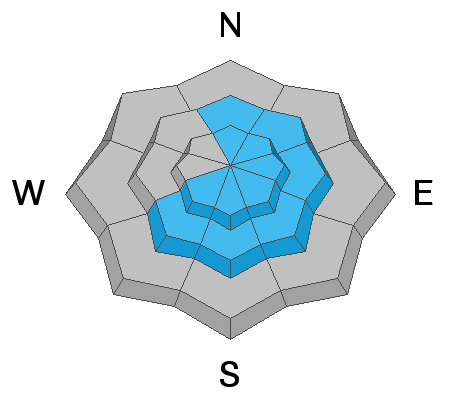Forecast for the Salt Lake Area Mountains

Issued by Trent Meisenheimer on
Saturday morning, January 16, 2021
Saturday morning, January 16, 2021
The avalanche danger is CONSIDERABLE on steep upper elevation slopes facing NW, N, NE, and east. On mid-elevation slopes facing west, north, through the southeast, there is MODERATE avalanche danger.
Any avalanche could be 1-3' deep and over 100' wide. You may also find reactive soft and hard slabs of wind-drifted snow at the upper elevations as well as some mid-elevation slopes. This is not a time to let your guard down - continue to practice cautious route-finding and conservative decision-making.
Any avalanche could be 1-3' deep and over 100' wide. You may also find reactive soft and hard slabs of wind-drifted snow at the upper elevations as well as some mid-elevation slopes. This is not a time to let your guard down - continue to practice cautious route-finding and conservative decision-making.

Low
Moderate
Considerable
High
Extreme
Learn how to read the forecast here








